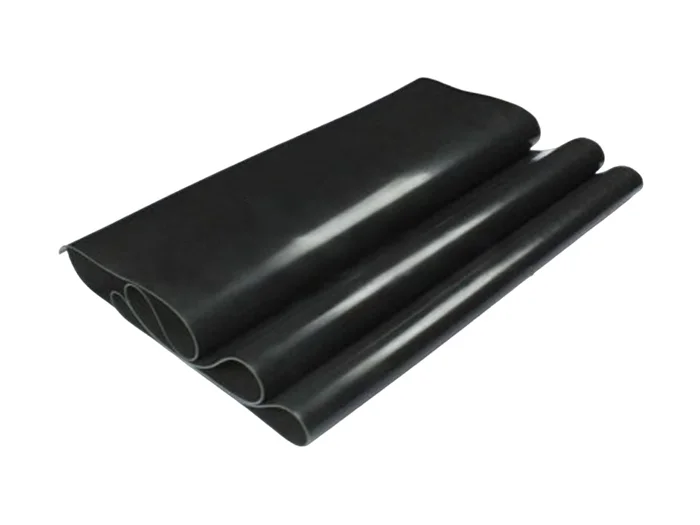Unveiling the Array of Paper Packaging Solutions for Food: A Comprehensive Guide
2 min readIn today's fast-paced world, the demand for convenient and sustainable packaging solutions for food is on the rise. Paper packaging has emerged as a popular choice due to its eco-friendliness, versatility, and ability to preserve food quality. This article aims to explore the different types of paper packaging available for food, providing valuable insights into their features, benefits, and applications.
- Corrugated Boxes:
Corrugated boxes are widely used for shipping and storing food products. They are made from multiple layers of paper, providing excellent strength and durability. These boxes offer protection against external factors such as moisture, heat, and impact, ensuring the safety of food during transportation. Moreover, they can be customized in various sizes and shapes to accommodate different food items. - Folding Cartons:
Folding cartons, also known as paperboard boxes, are commonly used for retail packaging of food products. They are lightweight, cost-effective, and visually appealing, making them ideal for branding and marketing purposes. Folding cartons can be easily customized with attractive designs, logos, and product information, enhancing the overall consumer experience. Additionally, they provide good protection against light, moisture, and contamination. - Paper Bags:
Paper bags have gained popularity as an eco-friendly alternative to plastic bags for food packaging. They are commonly used for takeout meals, bakery products, and grocery items. Paper bags are available in various sizes and styles, including flat bags, gusseted bags, and SOS bags. They offer convenience, recyclability, and breathability, ensuring the freshness and quality of food. Furthermore, paper bags can be customized with handles and windows for added functionality and aesthetics. - Wrapping Papers:
Wrapping papers play a crucial role in preserving the freshness and extending the shelf life of food products. They are commonly used for wrapping sandwiches, burgers, deli meats, and cheese. These papers are grease-resistant, preventing oil and moisture from seeping through and maintaining the food's texture and taste. Wrapping papers are available in different grades, such as butcher paper and parchment paper, catering to specific food packaging requirements. - Molded Pulp Packaging:
Molded pulp packaging, also known as pulp trays or clamshells, is gaining popularity as a sustainable option for food packaging. It is made from recycled paper fibers and is biodegradable and compostable. Molded pulp packaging offers excellent protection and cushioning for delicate food items like eggs, fruits, and electronics. It can be easily molded into various shapes and sizes, providing a secure and eco-friendly solution.
Conclusion:
The world of paper packaging for food offers a diverse range of solutions to meet the evolving needs of consumers and businesses. From corrugated boxes for shipping to folding cartons for retail display, and from paper bags for takeout to wrapping papers for preserving freshness, each type of packaging serves a specific purpose. By embracing these sustainable and versatile options, the food industry can contribute to a greener future while ensuring the safety and satisfaction of consumers.


